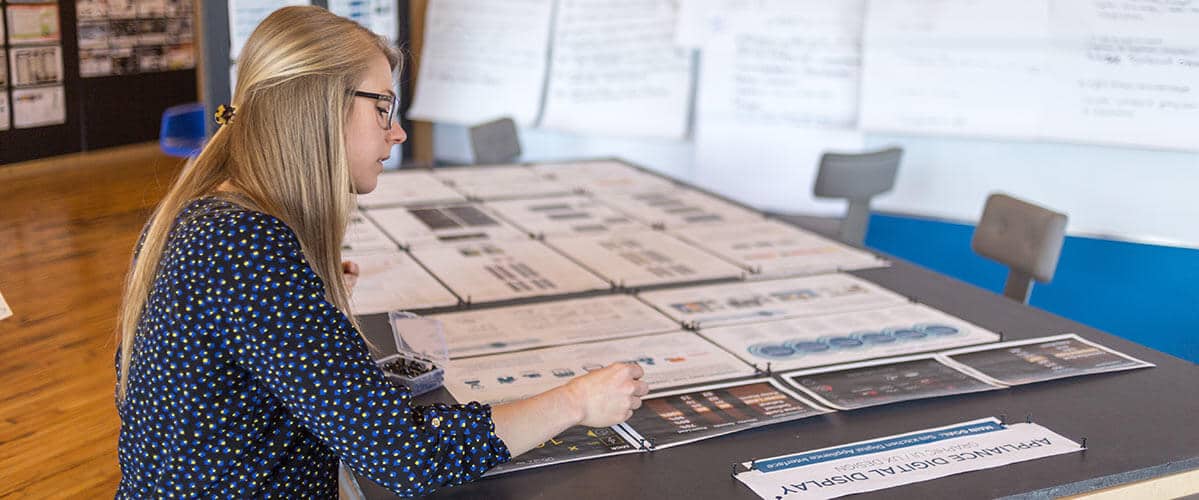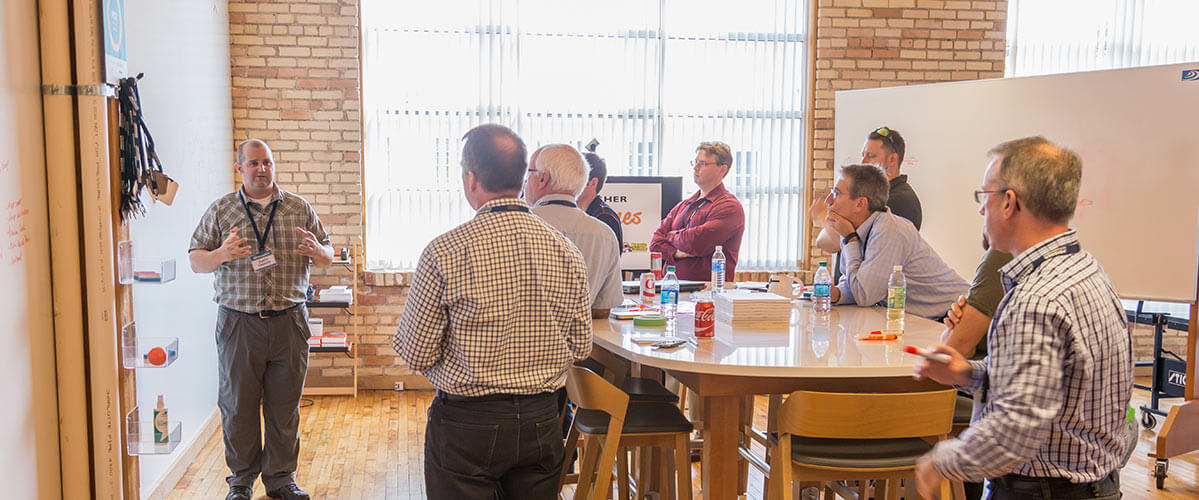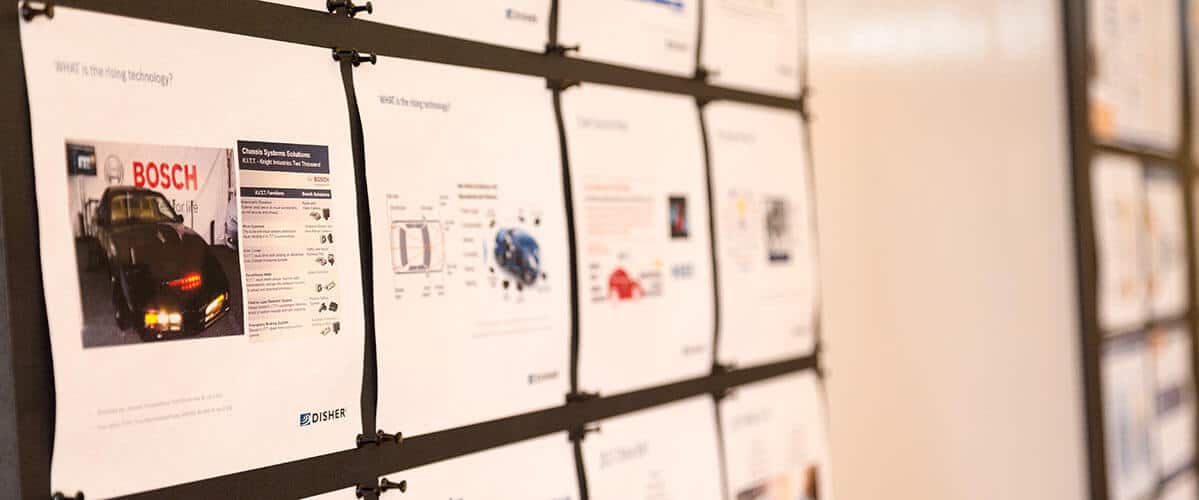

Where does an idea come from? Do ideas spring into the mind fully formed? Of course not! Ideas rarely start out beautiful— they need to be collected, nurtured, and built upon. Ideas are inspired (stolen) from something else that we’ve seen, heard, or experienced. Even the man who invented the wheel probably saw a round object roll down a hill and applied the concept to something useful. The human mind can accomplish amazing things but it is limited by what we feed into it.
Benchmarking, a process used for comparing industry-best examples, is an extremely valuable tool for ideation where inspirational content is gathered for the purpose of generating new ideas.
Here are a few useful tips to help your organization implement the practice of benchmarking. Benchmarking can be applied to just about anything from new product design to branding to business strategy and beyond. This blog focuses on benchmarking as it relates to product design and development.
TIP 1. Look Outside Your Industry
It is critical when benchmarking to cast a wide net across a variety of industries. For example, if a company is designing the next great shovel, they should look beyond the shovel industry for inspiration. Any product that has a handle should be considered— from garden rakes to kayak paddles. Objects that move dirt should also be examined to better understand what is successful along with products that are used with shovels. How can a shovel’s interaction with a wheelbarrow be improved? It is obvious, even from such a simple example like a shovel, that there is so much understanding to be gained from looking across industries. Inspiration can come from anywhere.
TIP 2. Research Online Product Reviews.
The easiest way to start benchmarking is online. Look at top competitive products on Amazon or similar sites that allow for user reviews. These popular sites not only tell you what products are the top sellers but the reviews often inform as to why. People love to give their opinions providing a wealth of user research without the need to organize focus groups. Similar feedback can be pulled from online forums where people gather to chat about their favorite products, rank them, and critically think about what makes them great or terrible.
TIP 3. Research Design-Related Resources.
In addition to online reviews, there are several leading sites that stay abreast on the most recent trends, technologies, and innovations. As an Industrial Designer, I subscribe to: New Atlas, Core77, IDSA, Cloroflot, and Behance. Explore what trade magazines are relevant for your purposes. At DISHER, part of our Discovery process is to visually capture all of this inspiration by printing and mounting it. Our benchmarking boards are used to inspire ideas, spark conversation, and build collaboration.
Tip 4. Explore the Real World.
Benchmarking can’t fully be done online. Inspiration must be sought out from the real world. Go to stores and put every single product in your hand. Ask for demonstrations. Talk to staff members about their recommendations. Learn what sells and why. Take time to observe other shoppers to see what they pick up and use and what products they seem to avoid. It is helpful to take pictures of this process to show user interactions to the project stakeholders.

TIP 5. Consult Industry Experts.
After interacting with the physical products, experts should be consulted. Reach out to people that know the product or industry inside and out. Hopefully, they will provide key insights about the problems and shortcoming with existing products, an understanding of the primary trends, and a working knowledge of where the industry is heading.
At DISHER we are fortunate to have a variety of engineers and specialists that have extensive practical expertise in many different industries. We frequently go to this internal network of experts for ideas from their work experience to help our customers solve their challenges.
After gathering all of the benchmarking data, it is organized, analyzed, and vetted with others. With comprehensive benchmarking, it’s almost impossible not to generate new ideas! The collected inspiration leads to dynamic conversations, cross-functional collaboration, and eventually unified direction.
Benchmarking builds and expands ideas way beyond the concepts any one person could generate. It provides the opportunity to collectively combine a variety of innovative ideas into game-changing solutions.

If you have a technical challenge or need an innovation boost, let us know. DISHER offers Innovation Workshops™ which expedite the creative process of product development. DISHER supplies trained facilitators, experienced subject matter experts, and creative industrial designers to help customers ideate, rank, and expand ideas. We love helping our customers look good.
Connect With Us
Written By: Ben Zuiderveen, Industrial Designer
Ben enjoys taking an active role in DISHER’s front-end Discovery team. He’s a graduate of Kendall College of Art and Design with a BA in Industrial Design, and his hero is Henry Dreyfuss who elevated ID to include human factors, ergonomics, and usability. Ben enjoys mountain biking in the summer, cross country skiing in the winter, and woodworking year round. Mike Birbiglia makes him laugh the hardest.
Written By:

Ben Zuiderveen
Industrial Designer
DISHER Newsletter
Sign up to receive articles and insights, delivered monthly.
Schedule a no-committment project call
Reach out to discuss your project to find out if DISHER could be a good fit for you.

